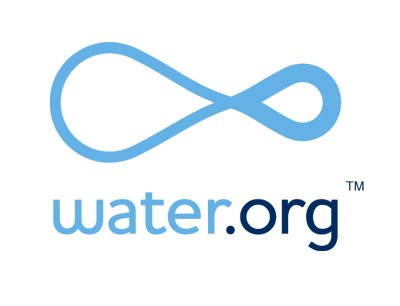 We all know the “to assume is to make an ASS out of U and ME” line, but how far are you willing to go to reach an understanding on the facts of the problem you are trying to solve? In Chapter 7 we talked about creating trust so that you can mutually discover the full set of facts, but there is actually more to this than asking great questions.
We all know the “to assume is to make an ASS out of U and ME” line, but how far are you willing to go to reach an understanding on the facts of the problem you are trying to solve? In Chapter 7 we talked about creating trust so that you can mutually discover the full set of facts, but there is actually more to this than asking great questions.
The first assumption problem involves terms. If you are a 20-year industry veteran, and the client is new to your industry, there is a potential minefield of errors that can get in the way of your fact digging based on differing ideas of what terms and phrases mean. For example, let’s say that your client wants to talk to you about cloud-based CRM systems. We all know that it is poor form to talk in endless acronyms, but worse, CRM might mean one thing to you and another to your client. And the cloud, as used in the computer industry, is so new and abstract to some people that you would definitely need to make sure you both were talking about the same thing.
How do you agree on the meaning of terms in a way that doesn’t sound condescending to your client?
Done properly, a quick discussion on terms can be a great way to show that you want to be 100% accurate in every aspect of the solution process (at the same time, it helps with your continuous prospect qualification process). It might be something as simple as saying, “We’ve found that cloud-based customer relationship management systems (notice CRM is defined here, not abbreviated) can mean different things to different people. To make sure we are on the same page, can you tell me what that means to you and what you are trying to accomplish?”
You might find out that to the client, CRM means Consumer Research Methodology. Better to find that out now than 30 minutes into a presentation. Or you may find that their idea of a cloud platform is a Hotmail account when you think it means a hosted software platform with full redundancy and real-time failover. Whatever happens, you have removed assumptions, clarified intent, and set up a pathway that you can now both go down together. In addition, the client has had a chance to think about what her real problem is, and what a successful outcome might look like.
Using the example above, let’s assume that you and the client have agreed that a cloud-based CRM is a software package that resides on your company’s computer servers, is accessed over a standard web browser, and allows you to import, export, and sort data on the company’s staff and customers (an example of this is SalesForce). The next step is to find out why your client wants this. The client may answer, “I Googled it and found that it is cheaper to get a cloud-based system rather than a self-hosted system.”
If you sell cloud-based CRM systems, it is time to fire up the PowerPoint, show 12 slides of your company’s org charts, and close with the classic “sign here, three copies, press hard” and run for the door, right?
Not so fast.
If price is the only reason that they are buying this type of system, then you are now in the commodity business; in a race to the bottom to see who can have the lowest price and margin. There is a place in every industry for the lowest cost product or service, but I’ve always preferred to be known as the Most Expensive Guy In Town (more on that later). There must be another thing other than price that is driving this decision. There almost always is.
This is where real sales begins.
What about the other things that your company can do, such as give 24/7 for tech support, automatic software upgrades, user-friendly software, special customizations, etc? What about other advantages of cloud-based systems, such as real-time security against spam, malware, hackers, and Nigerian e-mail scams? Only after agreeing on what each of these terms means to the client can you proceed in a way that makes you a resource to your client, and if you are resource, you can earn your way to Trusted Advisor status (see Chapter 3).
These are just assumptions on terms. In Chapter 9, we will look at other types of more complex assumptions, all based on the frailties of the human mind.

